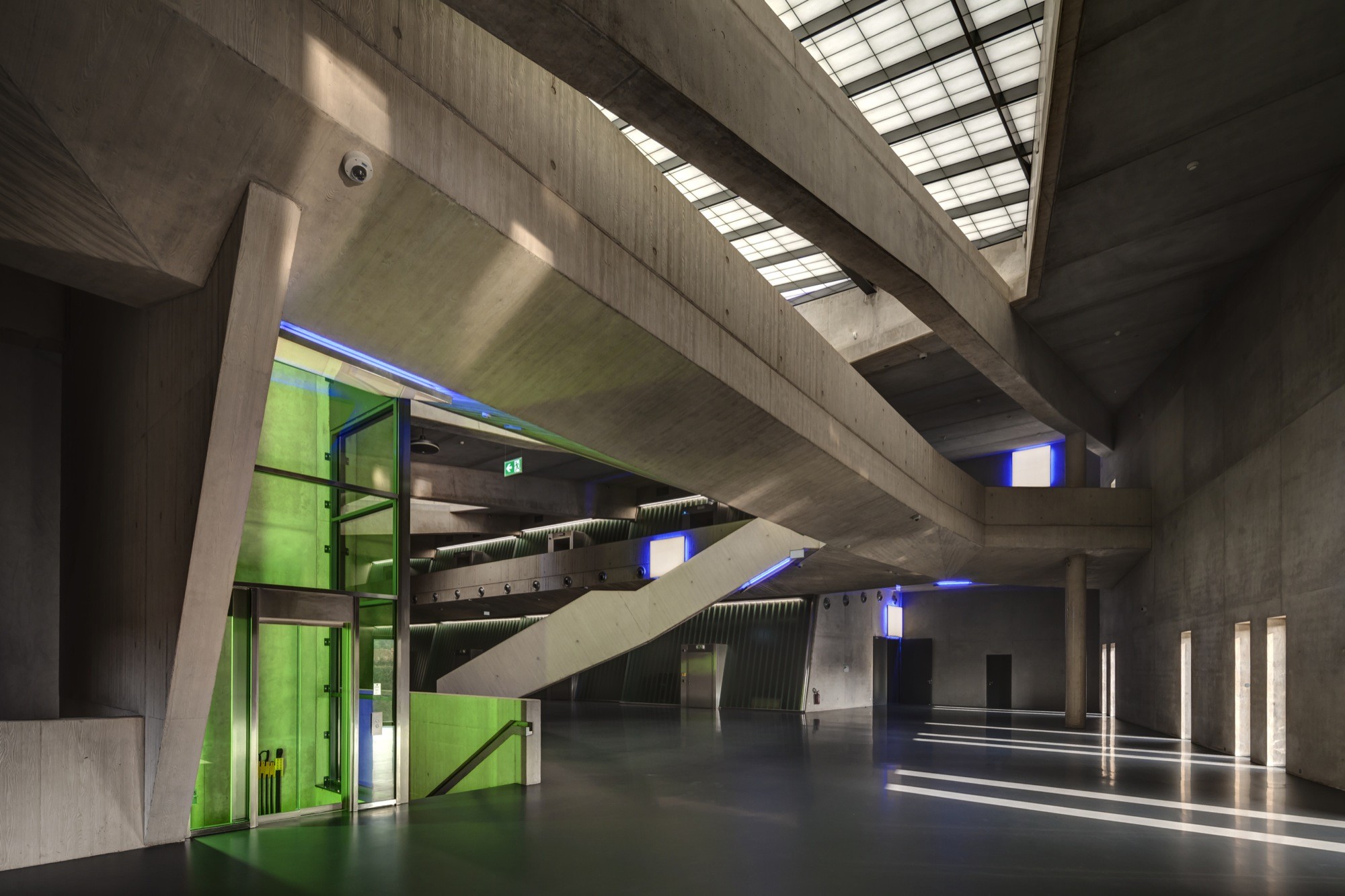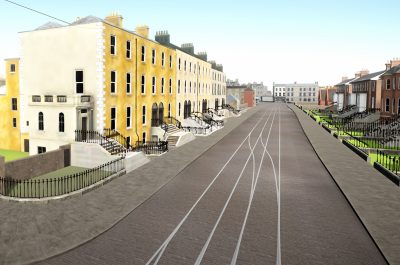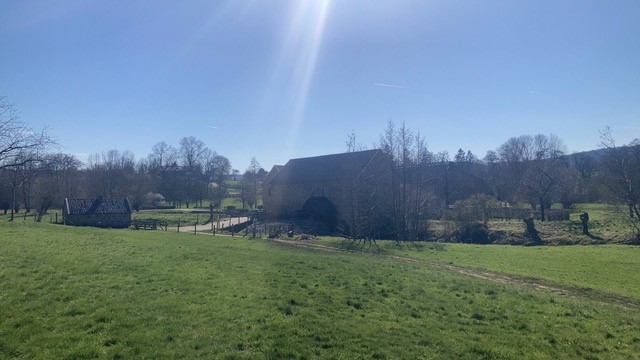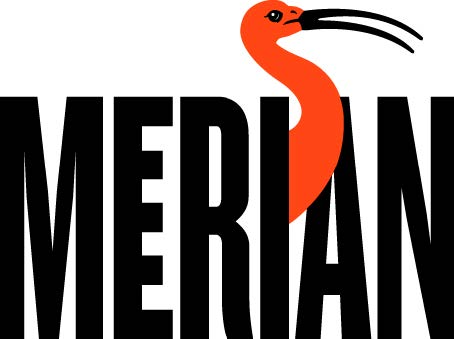Projects
MACCH researchers develop interdisciplinary and collaborative research projects around one or more the following themes:
- Arts & Heritage in the Making - to examine the processes that turn cultural objects and practices into heritage
- Valorising Arts & Heritage- to critically assess how and for whom its values come about
- Participation and Presentation - to enhance novel ways of user engagement and participatory presentations
- Art Market, Law and Policy - to investigate legal, economic and policy frameworks in arts and heritage
- Artistic Research - to bring together methodologies and practices from the arts and sciences















